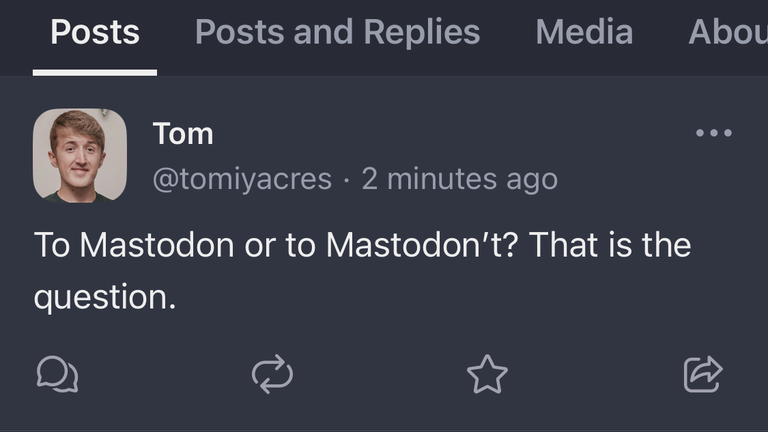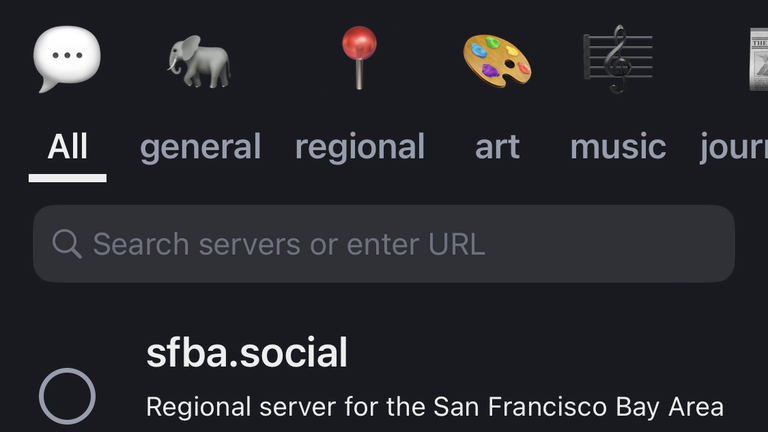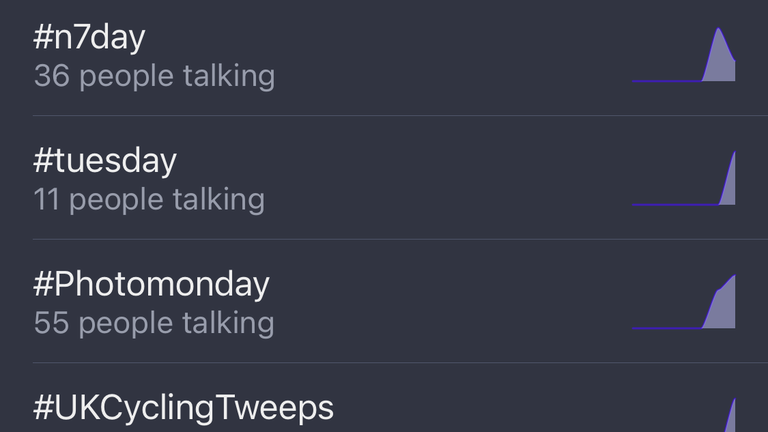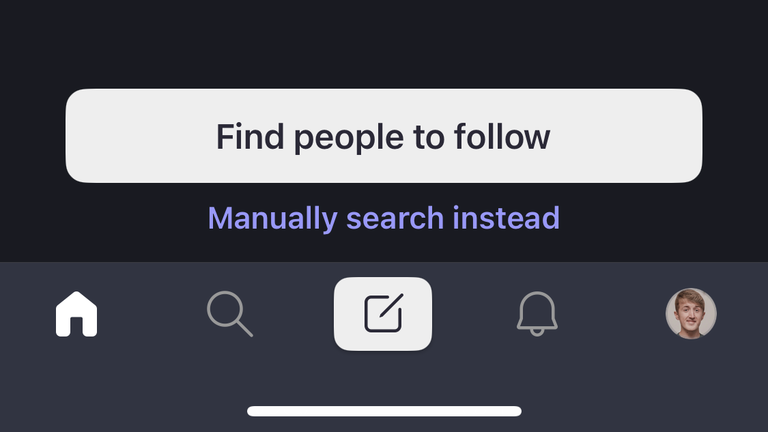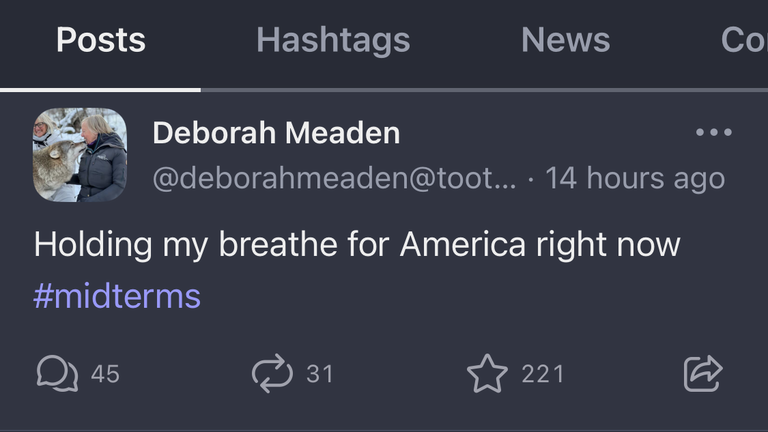Remember when Game Of Thrones was coming to an end, and it felt like every network under the sun was trying to entice a generation of fantasy addicts to a series of its own to fill the void?
That’s sort of how social media feels right now, as people looking for Twitter alternatives in the wake of Elon Musk’s takeover have a punt on some alternatives.
The one that has most attention is Mastodon, which isn’t actually new, but has shot up the charts on iOS and Android as an influx of users try to decide if toots are a worthy replacement for tweets.
Wondering if it might be right for you? Let’s see if we can help.
Give it to me straight – what is Mastodon?
The most straightforward pitch is that it’s sort of like Twitter, but not all in one place.
And that’s not meaning to be reductive – but it stands to reason that new people are giving it a go because it’s designed with a lot of the things people use Twitter for in mind.
You make a profile, you have followings and followers, you write posts (these are the toots), can attach media, you can reply, share, or favourite other people’s posts, and there are hashtags and a news tab.
If you want all that, then this could be the place for you. But there’s a bit more to work out…
That sounds ominous – what’s the problem?
Mastodon first launched in 2016, and there’s a reason why it hasn’t taken off in a big way until now.
Let’s not pretend that Twitter only started exhibiting signs of being a chaotic mess in the past couple of weeks – it’s always been a platform with plenty of issues.
But while Twitter is relatively streamlined when it comes to signing up and learning its intricacies, Mastodon hearkens back to an earlier era of the internet with its decentralised approach.
Rather than being a singular platform, it describes itself as “a network of millions of users in independent communities that can all interact with one another”.
So when you make your Mastodon account, it may help to not even think about it as a Mastodon account. Instead, think of it as an account for whichever community it is you choose to sign up for.
Read more:
The future of Twitter under Elon Musk
And how do these communities work?
You may notice the way some people talk about being part of something like “Arsenal Twitter” or “Star Wars Twitter” (that’s me, I just described myself). Mastodon communities are sort of that, but – for now at least – broader.
When you make an account, you have to pick a community to join, and it’s reflected in your username. So anyone visiting my profile would see I am tomiyacres@mastodonapp.uk.
But you’ll also see ones for other countries like @mastodon.ie, generic ones like @mastodon.social, and ones seemingly for people who like cats like @mastodon.cats.
Perhaps the key differential is communities (also known as servers or instances) are run by individuals, rather than Mastodon itself, so they can all have their own moderation.
Read more:
What you get for your money with Twitter Blue
But isn’t moderation why people are leaving Twitter?
The case for Mastodon is that you could join a server which has particular rules you want enforced, whereas Twitter enforces whichever rules Elon Musk wants to.
Communities will present their rules when you pick one to join – for example, @glasgow.social includes a ban on discrimination, incitement of violence, spam, and anything that’s illegal in the UK and Germany.
If you report a post, it will be sent to the owner of the server.
But not only can they decide whether to delete a post, they could also decide to close their whole community – which would leave you needing to sign up to a new one.
Read more:
Elon Musk bans accounts making fun of him
Any cool people to follow yet?
Mastodon seems to be growing fast, but from a pretty small base. Communities display how many users they have, and the UK one I’m in has 18,000.
You can find a list of suggested people to follow, regardless of which server they are in, but this doesn’t show up automatically when you sign up.
When you follow someone, their posts will show up in a timeline-like format – with no algorithm-driven ordering or adverts to mess with your carefully curated feed.
It’s difficult to know how many famous faces are present. Mastodon’s website says it isn’t verifying people, but can cross-reference links that get posted to show if the person sharing them is the real owner. So if I shared this article on Mastodon, it could see my byline and give it a checkmark.
Read more:
Why #TrumpIsDead trended on Twitter
So, is it good…?
It depends – if you want a like-for-like Twitter replacement, it may be a frustrating case of so close yet so far.
Squint and it looks like Twitter, more so than other mainstream apps like Facebook, and a focus on text means it doesn’t step on the toes of TikTok or another up-and-comer like BeReal.
The key question is if Mastodon keeps growing, does it stick to its principles or twist to please the masses?
Of course, the most important ingredient for any social media platform is the people. If your Twitter followers haven’t made the move, Mastodon may feel a little lonely and overwhelming.
For now, you’ll probably be like me, with nothing but your own horn to toot.

